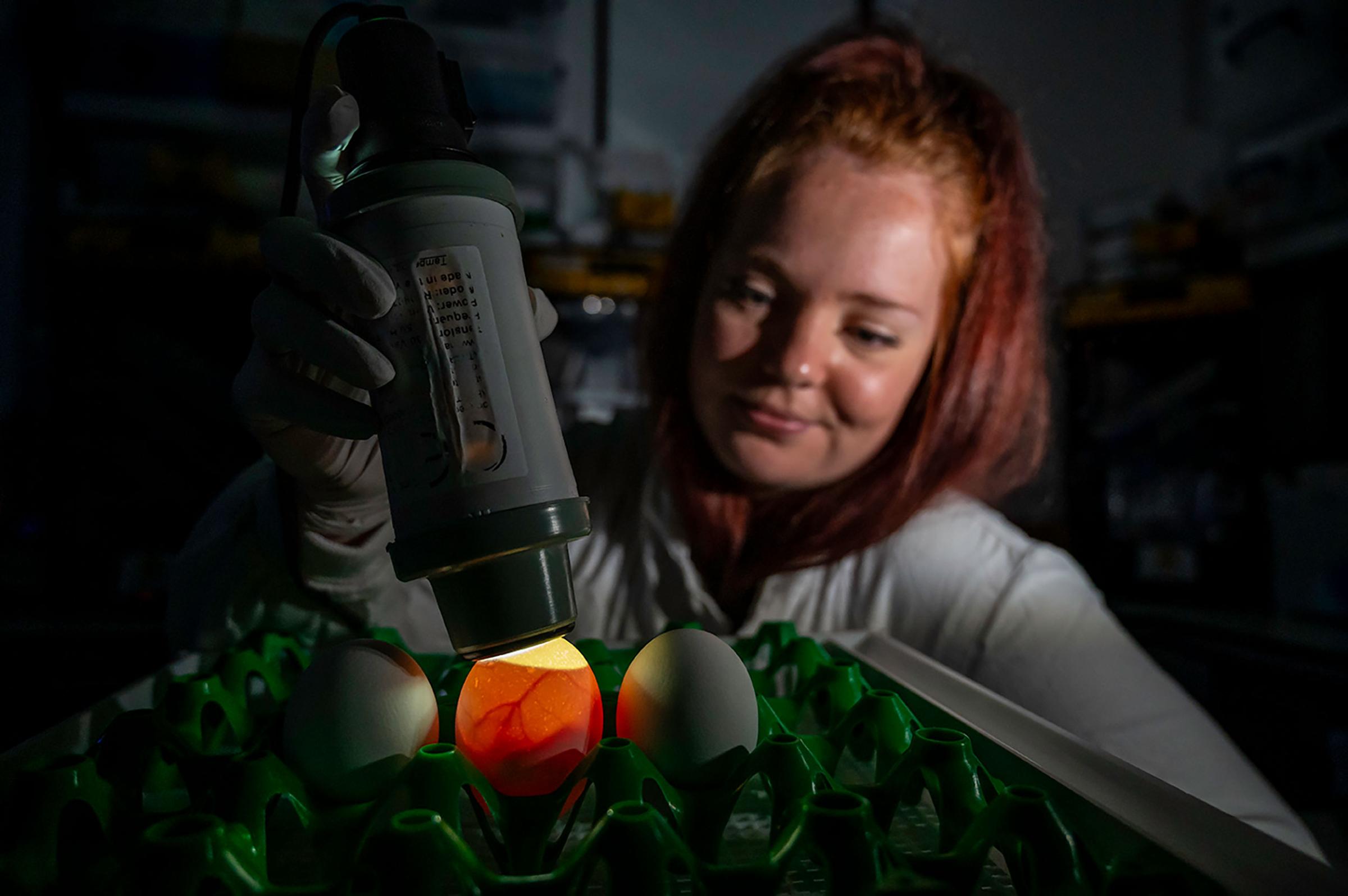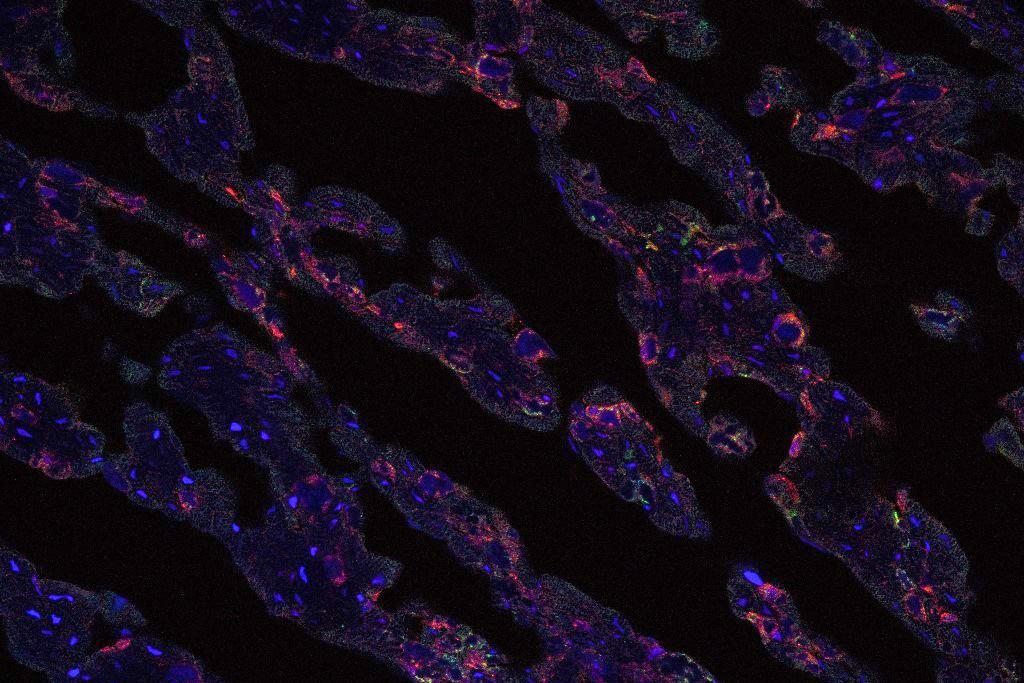Scientists at The Pirbright Institute have created gene-edited chicken cells that produce significantly higher yields of influenza A virus and Newcastle disease virus (NDV).
Poultry vaccines are the mainstay of disease prevention in the global poultry production industry, worth an estimated $420 billion (£312bn) in 2025.
Demonstrated in a proof-of-concept study, the findings could potentially reduce dependency on embryonated chicken eggs (ECE), currently the main platform for avian viral vaccine production.
Writing in Vaccine, the Pirbright researchers explain how they used CRISPR-Cas9 gene editing to target a family of genes called interferon-inducible transmembrane proteins (IFITMs), which are known to act as cell gatekeepers, interfering with viral entry.
By deleting the entire IFITM locus, the research team generated knockout cell lines that were able to produce significantly higher yields for influenza A virus and NDV vaccine strains.
These higher yields were associated with faster viral infection compared to non-modified cells and higher expression of viral proteins on the cell surface, both important factors linked to improved vaccine production potential.
Professor John Hammond, Director of Research at The Pirbright Institute, said: “Our work provides proof of concept that removing innate antiviral barriers in chicken cells can improve viral replication - a key condition for cost-effective, reliable and scalable vaccine production.”
Traditional vaccine production systems relying on ECE face limitations including costs, ethical and safety concerns and vulnerability to supply chain disruptions.
Immortalised avian-origin cell lines have long been considered a potential solution, offering scalability, reduced waste and species compatibility. However, these cell lines have historically suffered from poor viral yields—often due to the activation of interferon-stimulated genes such as IFITMs that restrict viral replication.
The CRISPR-mediated knockout of IFITMs removes this barrier. The study also confirmed that reintroducing individual IFITM proteins restored viral restriction, reinforcing the direct role these proteins play in limiting virus growth. Specifically, IFITM3 limited influenza infectivity, while both IFITM1 and IFITM3 inhibited NDV.
By demonstrating that DF1-IFITM-KO cells can support significantly higher viral yields, this study may help inform a shift towards fully cell-based vaccine production platforms for avian species, promising enhanced production speed, lower costs and improved biosecurity—particularly valuable in the face of future zoonotic disease threats. This is currently under investigation in collaboration with our vaccine producer partners in low- and middle-income countries where these cells are being evaluated under industrial conditions.
The findings hold implications for avian influenza and NDV control, and potentially for broader vaccine development landscape in veterinary and potentially human medicine.
Read the paper
Samy, A., Alber, A., Fife, M. & Hammond, J. (2025) IFITM knockout DF1 cells produce higher influenza and Newcastle disease viral yields: a proof of concept for avian origin cell-based vaccine production. Vaccine 61 https://doi.org/10.1016/j.vaccine.2025.127360

